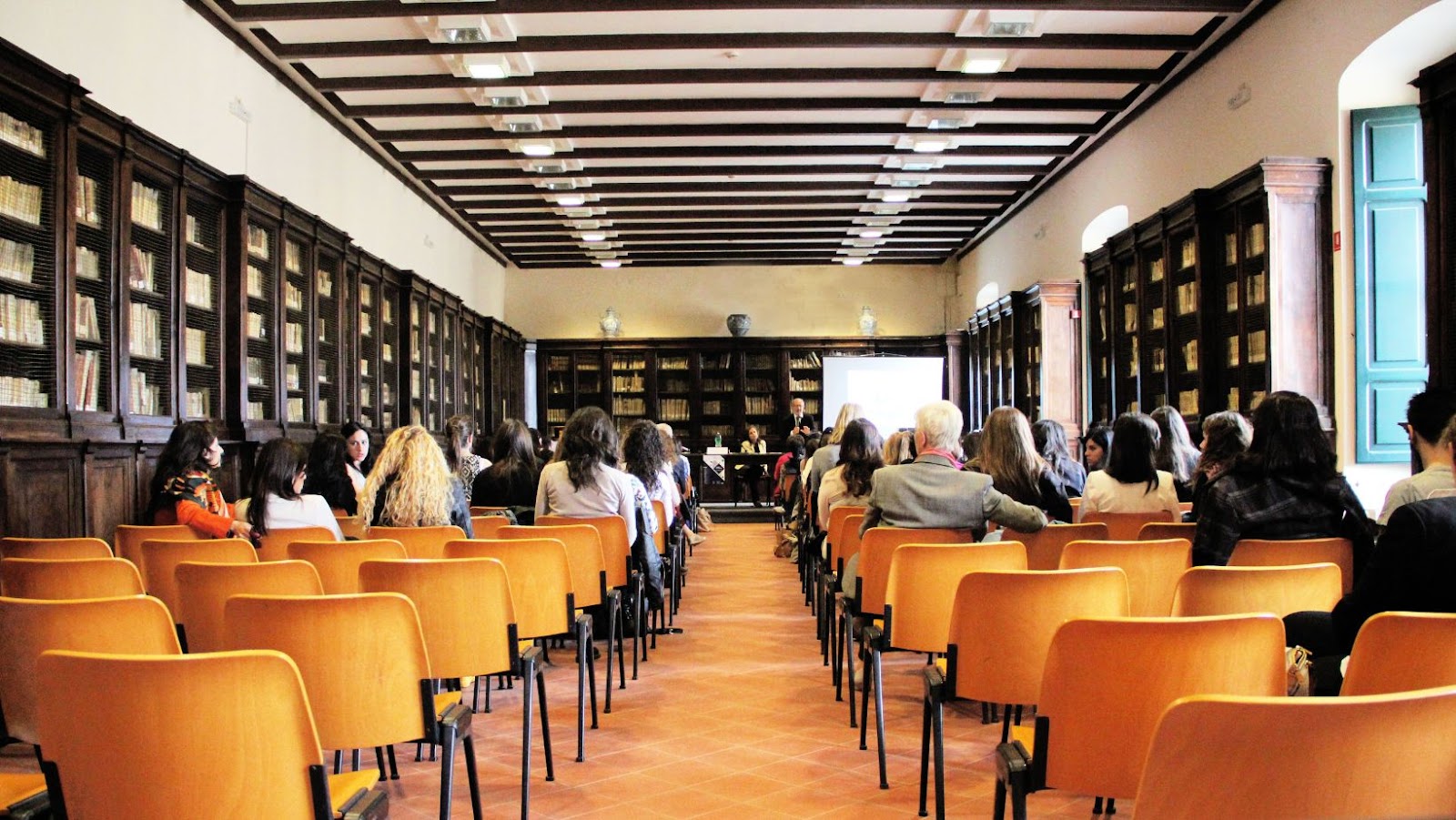Scope and Sequence Examples
Scope in education refers to the breadth and depth of content that educators aim to cover within a curriculum, while sequence entails the order in which this content is taught. It is crucial for educators to meticulously plan the scope and sequence of their curriculum to ensure a logical progression of learning that aligns with desired educational outcomes. By defining the scope, educators set clear boundaries on the content to be covered, ensuring a comprehensive educational experience.
A structured curriculum, guided by a well-defined scope and sequence, plays a pivotal role in enhancing the overall learning experience for students. It provides educators with a roadmap for effective lesson planning, enabling them to deliver content in a logical order that supports student comprehension and retention. Moreover, a structured curriculum aids in the identification of gaps in learning, allowing educators to address areas that require additional focus or reinforcement.
 Analyzing Examples of Scope and Sequence
Analyzing Examples of Scope and Sequence
Exploring examples of scope and sequence in education is crucial for structuring effective curricula. It involves understanding the breadth of content (scope) and the order of teaching (sequence) to enhance student learning outcomes. These examples act as guides for educators, providing direction on what content to teach and when to teach it. By following a well-defined scope and sequence, educators ensure a logical progression of skills and knowledge acquisition in students.
Scope and Sequence in Early Childhood Education
In early childhood education, scope and sequence examples play a vital role in laying the foundation for lifelong learning. Educators use scope and sequence to design age-appropriate curricula that introduce fundamental concepts and skills gradually. By carefully mapping out the scope (content coverage) and sequence (order of learning), teachers can create engaging learning experiences that cater to the developmental needs of young learners. These examples ensure that children build on previously learned knowledge and skills, setting a strong academic and developmental trajectory for their future education.
Scope and Sequence in K-12 Education
Scope and sequence examples in K-12 education are essential for providing a structured and comprehensive learning experience for students. Educators utilize scope and sequence to align curriculum standards, learning objectives, and educational resources across grade levels. By identifying the scope of content to be covered and establishing a logical sequence for learning progression, teachers can create cohesive educational pathways for students. These examples assist educators in developing engaging lesson plans, addressing learning gaps, and promoting continuity in learning experiences throughout the K-12 educational journey.
Scope and Sequence in Special Education
In special education, customized scope and sequence examples are crafted to meet the unique needs of students with disabilities or special learning requirements. Educators in special education use scope and sequence to design individualized education plans (IEPs) that cater to each student’s specific strengths and challenges. By tailoring the scope of learning goals and sequencing instructional tasks accordingly, teachers can ensure personalized and effective instruction for diverse learners. These examples in special education promote inclusive learning environments, support differentiated instruction, and facilitate targeted interventions to maximize student learning and growth.
 Common Challenges and Solutions
Common Challenges and Solutions
To ensure a comprehensive educational experience, educators must address gaps and overlaps that may exist in the curriculum. Identifying areas where content is missing or duplicated is crucial in refining the scope and sequence of instruction. By conducting a thorough analysis of the curriculum, educators can pinpoint topics that need additional coverage or instances where concepts are repeated unnecessarily. Educators need to consider the varying abilities, learning styles, and interests of their students when designing curricula. By tailoring the scope and sequence to cater to different learners, educators can create a more engaging and effective learning experience. This customization may involve providing alternative resources, offering varied assessment methods, or adjusting the pacing of instruction to support students with diverse needs. By embracing this approach, educators can create an environment where all students can thrive and reach their full potential.
